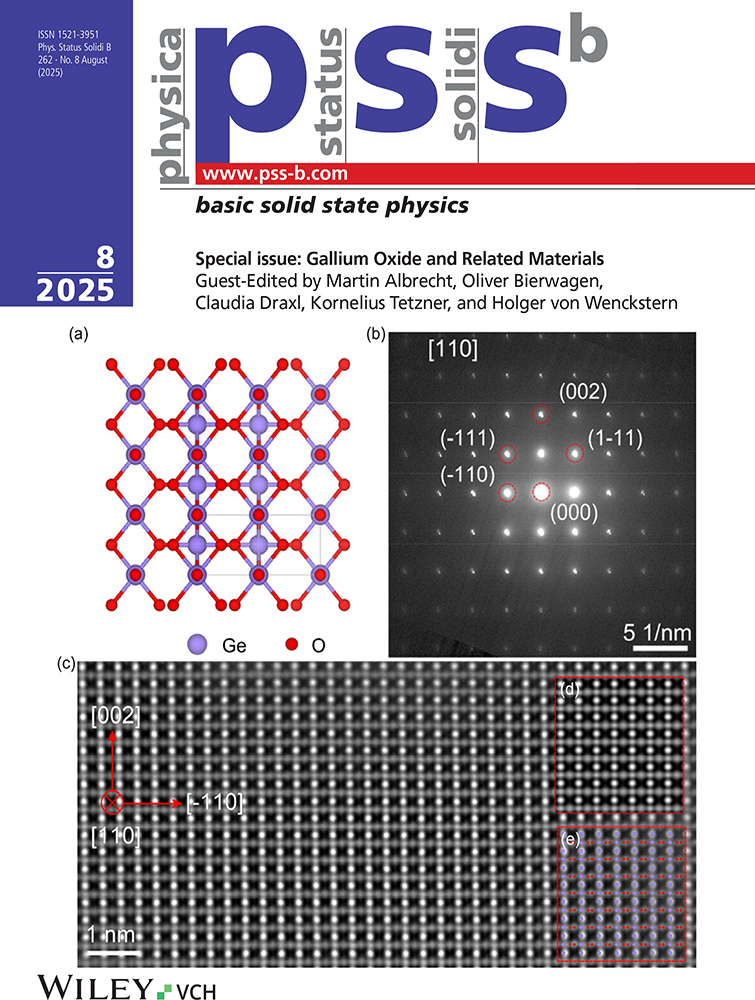Fabrication of p-Type Zn(S)Se Layers and pn Junction Laser Structures by MOVPE
Abstract
Growth of p-type ZnSe by metalorganic vapor-phase epitaxy (MOVPE) is demonstrated by nitrogen doping with photoassisted growth technique at 350 °C followed by thermal annealing. However, more activation of acceptors by the thermal annealing at higher temperatures, e.g., 500 °C, is responsible for defect generation. At the present stage, annealing at 400 to 450 °C is the optimum condition to suppress the defect generation while activating the acceptors. In order to fabricate a laser structure, n-type and active layers should also be stable against the annealing damage. Therefore, the growth of these layers was carried out at 400 or 450 °C, which is higher than the standard temperature. The pn junction ZnCdSe/ZnSe/ZnSSe SCH laser structure fabricated by the present technique showed stimulated emission under pulse injection at 77 K.




